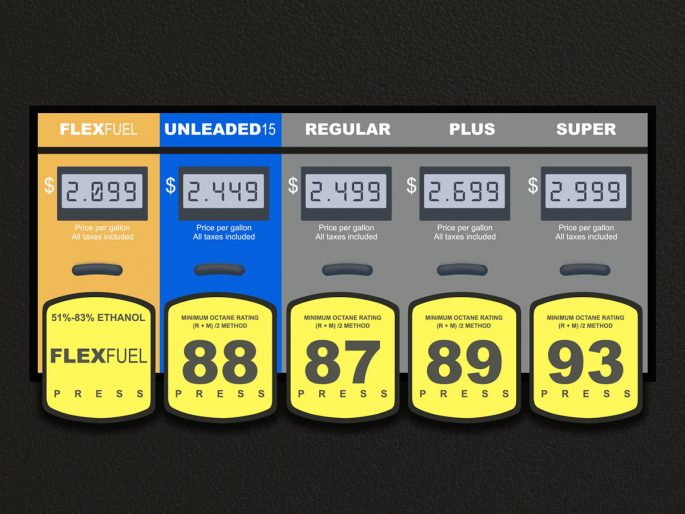The U.S. Environmental Protection Agency has begun a rulemaking to permit the year-round sale of E15. The expansion of E15 represents an opportunity for marketers to capture new revenue on the forecourt. But there are several issues fuel retailers need to be aware of prior to adding E15.
A misleading name could result in misfueling. Although E15 is approved for use in an increasing number of vehicles (roughly 90 percent of vehicles on the road today), exceptions remain and concerns about misfueling persist. Simultaneously, there is a push to re-brand E15 as Unleaded 88. Industry trade groups have expressed uneasiness that cost-conscious consumers will incorrectly think they are purchasing a midgrade E10 that is priced lower than regular unleaded. The Petroleum Marketers Association of America has requested the Federal Trade Commission examine E15 labeling on dispensers and price signs.
Equipment compatibility and compliance require forethought. An EPA Technical Compendium has stated that some pipe dope utilized in thread sealant applications is incompatible with E15. (See related story for more information). Further, there are a number of procedures that need to be followed when storing ethanol blends higher than E10 underground. The U.S. Department of Energy’s “Handbook for Handling, Storing and Dispensing E85 and Other Ethanol Blends” provides guidance on this.
Blending E15 on-site or having it delivered as E15 both have their own merits and disadvantages. Most marketers blend E10 and E85 on-site to make E15. But others choose to have E15 delivered to their site from a terminal and are storing it in separate storage tanks dedicated to E15. If E15 is not be permitted to be sold year-round, a dedicated E15 tank would need to be properly shuttered when it is not allowed to be used. Both options likely require equipment upgrades.
For more information about the future of E15, watch Fuels Market News for Source’s latest article.




